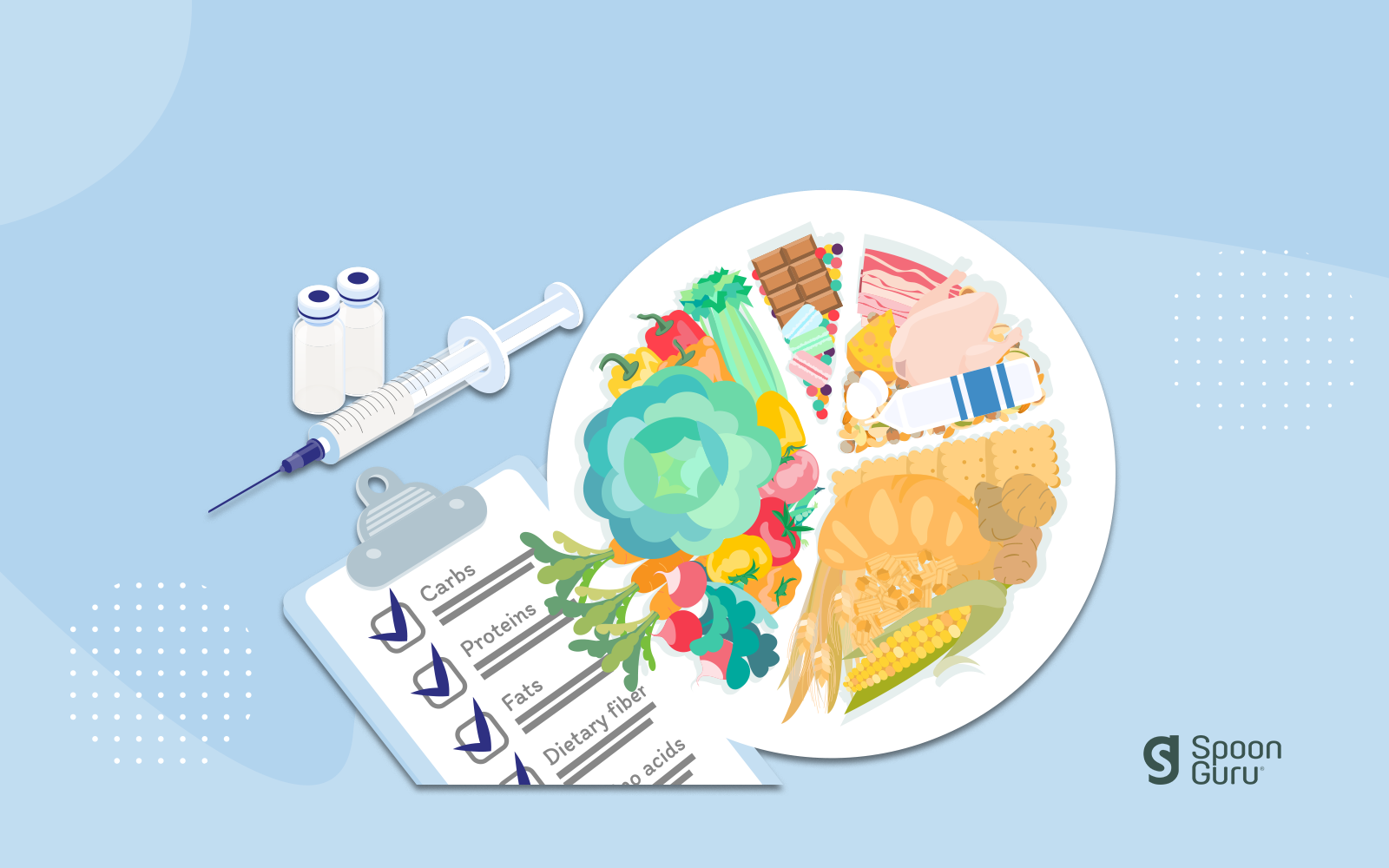What You Need to Know About Nutrition While Taking GLP-1 Meds
Building on our recent blog on the mechanisms and benefits of GLP-1 therapy, this post explores the key nutritional considerations for users. With only one-third of users remaining on treatment after one year, better support is needed to sustain long-term success. Adequate nutrition and effective management of side effects are central to promoting adherence.
GLP-1 therapy often reduces “food noise” and alters taste and food preferences. In fact, over 80% of GLP-1 users report significant dietary changes after starting treatment. This shift presents important opportunities for retailers and food brands. By offering nutrient-rich options that align with users’ evolving needs, the industry can help maximise treatment benefits, minimise side effects, and support long-term adherence.
Evolving Consumer Needs
GLP-1 users are seeking foods and products that support their treatment journey. Recent market insights highlight the notable shift in food and beverage choices:
- Increased consumption of fruits, vegetables, lean proteins and plant-based foods
- Reduced consumption of confectionery, baked goods, alcohol and processed meats
- Greater demand for high-protein snacks, functional, and gut-friendly foods
- Interest in healthier ready-meal and meal replacement options
Key Nutritional Considerations for GLP-1 Users:
1. Nutritional Quality
As GLP-1s reduce total energy intake, users are prioritising foods that deliver more nutrition in smaller portions. This is increasing demand for nutrient-dense and convenient products – such as portion controlled meals, nutritious smoothies, soups, high-protein shakes and bars to close nutrient gaps. Alongside adequate energy and protein intake, vitamins and minerals essential to prevent deficiencies, including vitamin D, calcium, iron, folate, and vitamin B12.
Current recommendations promote a nutrient-rich, minimally processed diet that includes wholegrains, lean and plant-based proteins, fruits, vegetables, legumes, nuts and seeds. In line with these guidelines, GLP-1 users are also consuming more fruits, vegetables, and lean proteins and reducing their intake of sugary drinks, confectionery and processed meats. Notably, many GLP-1 users are preparing more meals at home and dining out less, reflecting more intentional eating.
2. Preserve Muscle and Bone Mass
Rapid weight loss can lead to loss of both fat and muscle, which may negatively impact strength, metabolism, and overall health. Adequate protein intake is essential to help preserve muscle mass and bone density. Nearly all GLP-1 users are actively seeking protein-rich foods and beverages to meet their nutritional needs and support satiety. Products naturally high in protein include eggs, dairy, chicken, fish, legumes, nuts, and seeds. Retailers can help by highlighting high-protein, nutrient-dense products such as Greek-style yoghurts, dairy or soy drinks, protein-fortified snacks, and plant-based alternatives.
To maintain muscle mass and strength, protein intake should be combined with resistance training at least three times per week, in addition to daily physical activity.
3. Managing Digestive Side Effects
Gastrointestinal side effects, such as nausea, constipation, and diarrhoea are common in GLP-1 therapy. Research shows that over 80% of users experiencing side effects purchase foods or supplements to help manage their symptoms.6 Consumers are opting for functional and gentle foods that ease discomfort and support gut health, for example, probiotic yoghurts, ginger teas, and hydration beverages.
As side effects are a frequent cause of treatment discontinuation, it’s important that consumers are educated around symptom management and have access to products that help improve treatment tolerance.
Users with GI side effects may try the following practical dietary strategies to ease discomfort:
- Nausea/vomiting: smaller, more frequent, plain meals – avoiding spicy, fatty, fried foods, ensuring hydration
- Diarrhoea: smaller, low-fibre meals, avoiding spicy, fatty foods, ensuring hydration
- Constipation: increasing high fibre foods, with a focus on hydration
4. Hydration
Hydration is a key factor for those on GLP-1 therapies, as both appetite and thirst may decline while on treatment. Side effects such as vomiting and diarrhoea can also lead to dehydration, due to nutritional losses and reduced fluid intake.
GLP-1 users are moving away from fizzy, sugary drinks and choosing lower calorie options such as low-sugar products, fortified waters, and functional beverages. Water, unsweetened tea and coffee, and herbal teas all count towards fluid intake, while beverages like low fat milk or soy milk provide additional protein and nutrients.
The Bottom Line
GLP-1 therapies have transformed obesity management, yet maintaining adherence remains a key challenge due to side effects, tolerance issues, and perceived declines in efficacy. Evidence-based nutrition strategies and product innovations designed for GLP-1 users can enhance adherence, drive long-term success, and strengthen loyalty in a rapidly expanding market.
Our next blog post explores how retailers can help GLP-1 users achieve long-term success through product discovery, tailored recommendations and educational support.
References
- International Flavors & Fragrances (IFF). GLP-1 Consumer Opportunity Outlook 2025
- Nesta. Silver bullet or sticking plaster? Weight loss drugs and the UK’s obesity crisis
- Mozaffarian D, et al. Nutritional priorities to support GLP-1 therapy for obesity: a joint advisory from the American College of Lifestyle Medicine, the American Society for Nutrition, the Obesity Medicine Association, and The Obesity Society
- National Health Service (NHS). The Eatwell Guide
- Sainz, Ilse. “GLP-1 and Food in Latin America: Appetite, Innovation and Opportunity”
- Acosta Group. Consumers Using GLP-1s for Weight Loss Drive Lasting Changes in Retail
- Piccini S, et al. Time‑dependent effect of GLP‑1 receptor agonists on cardiovascular benefits: a real‑world study
